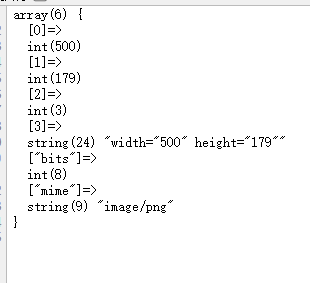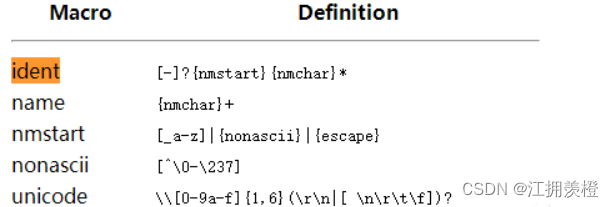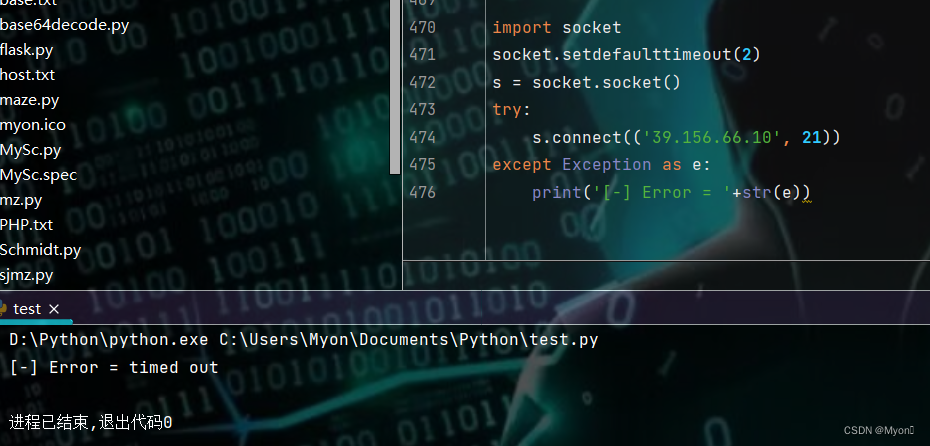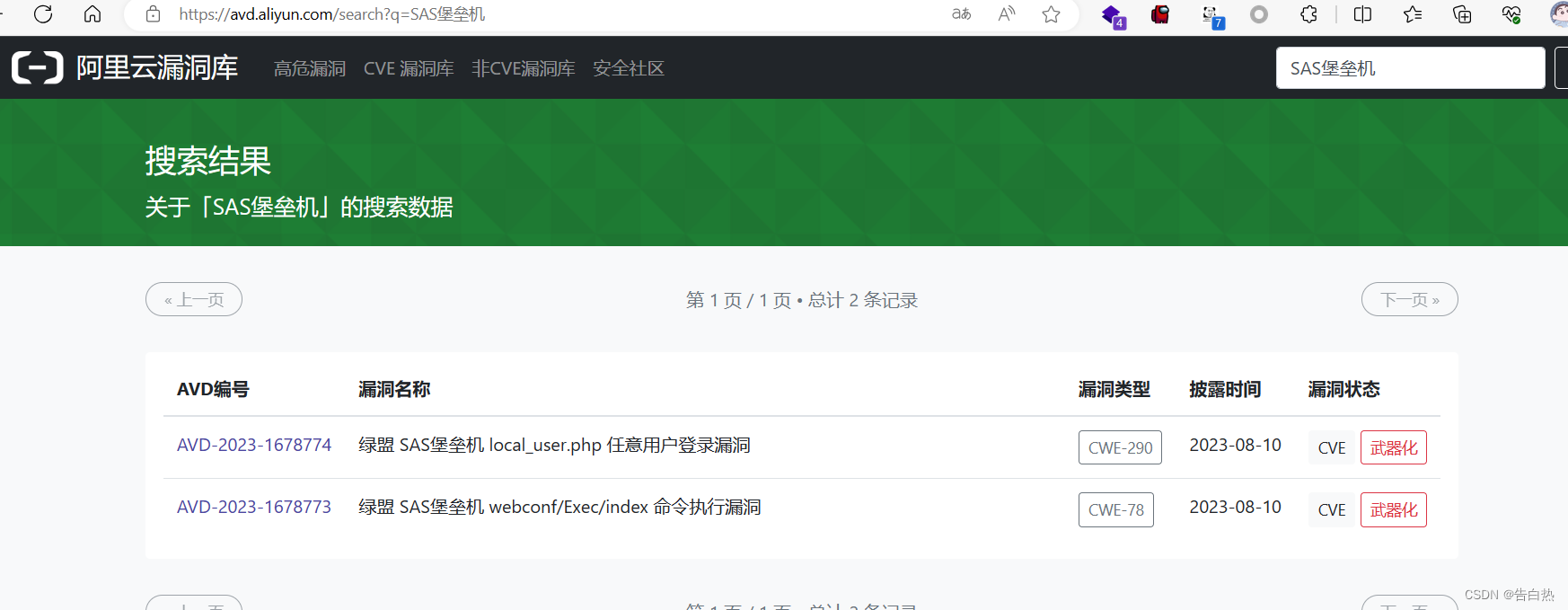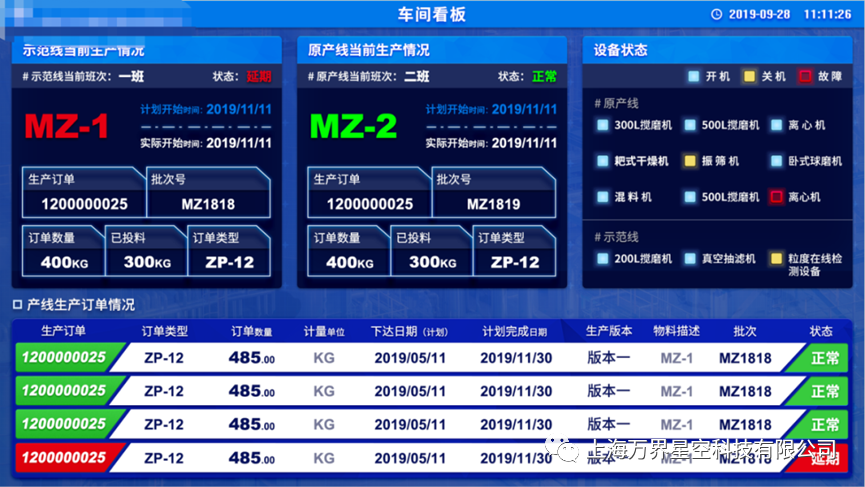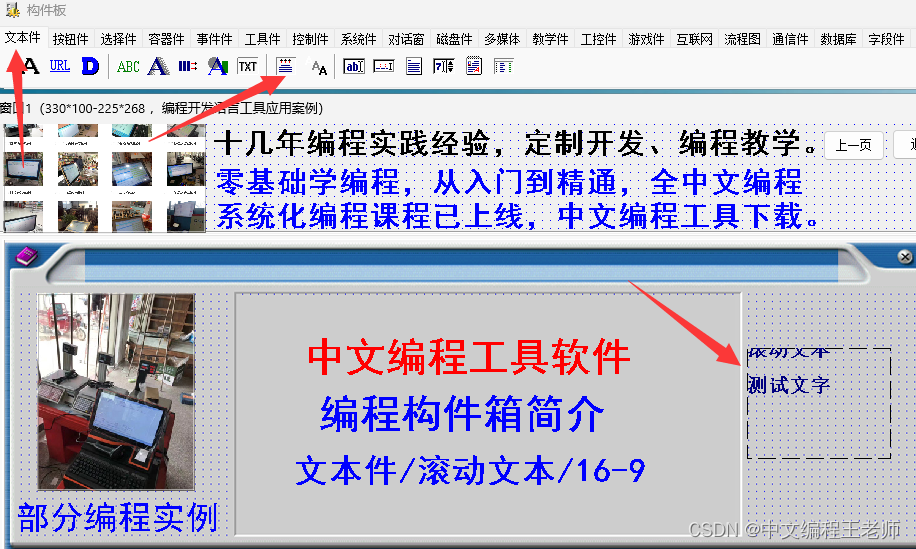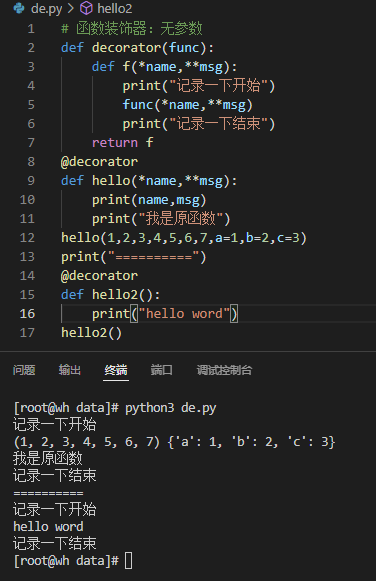大家好,今天学习了SpringBoot中间件开发,在学习后总结记录下。
在开发的过程中,把一些公共的非业务的代码提炼出来,做成一个公用的组件,减少开发成本和风险,今天学习的是一个白名单控制组件,记录一下组件开发的过程。
一、编写spring.factory配置自动配置的类
在resource目录的META-INF下的spring.factories中定义

org.springframework.boot.autoconfigure.EnableAutoConfiguration=com.wq.whitelist.config.WhiteListAutoConfigure二、编写自动配置类
自动配置类的作用是读取yml中定义的配置,并将其加入到spring容器中,在配置时一般会加入@ConditionalOnMissingBean防止和其他同名的bean冲突。
/**
* 只有当WhiteListProperties存在是才会注册WhiteListAutoConfigure到容器中
*/
@Configuration
@ConditionalOnClass(WhiteListProperties.class)
@EnableConfigurationProperties(WhiteListProperties.class)
public class WhiteListAutoConfigure {
/**
* 这个地方加上@ConditionalOnMissingBean的目的是防止容器中多个bean冲突而出现异常,一般在自动配置类中加上这个
* 比如这里我加上这个,在引入我的项目里也有whiteListConfig的bean的时候,就会使用别人的,如果那个项目中没有的话就使用我的。
*/
@Bean("whiteListConfig")
@ConditionalOnMissingBean
public String whiteListConfig(WhiteListProperties properties) {
return properties.getUsers();
}
}三、定义注解
自定义一个注解,在使用的时候在需要的地方加上注解即可。
@Retention(RetentionPolicy.RUNTIME)
@Target(ElementType.METHOD)
public @interface DoWhiteList {
String returnJson() default "";
}四、编写切面逻辑
这一步也是最关键的,主要的逻辑都是在这里实现,通过spring的aop对方法进行拦截,再对其进行判断。
@Around("aopPoint()")
public Object doRouter(ProceedingJoinPoint jp) throws Throwable {
Object target = jp.getArgs()[0];
Field[] declaredFields = target.getClass().getDeclaredFields();
for (Field field : declaredFields) {
if ("white".equals(field.getName())) {
field.setAccessible(true);
if (field.get(target) != null && (boolean)field.get(target)) {
field.setAccessible(false);
return jp.proceed();
}
}
}
// 拦截
Class<?> returnType = method.getReturnType();
String returnJson = whiteList.returnJson();
if ("".equals(returnJson)) {
return returnType.newInstance();
}
return JSON.parseObject(returnJson, returnType);
}到这里就开发完成啦,将项目install到仓库中,在需要的项目中引入此项目的依赖即可
五、测试
@DoWhiteList(returnJson = "{\"code\":\"1111\",\"info\":\"非白名单可访问用户拦截!\"}")
@RequestMapping(path = "/api/queryUserInfo", method = RequestMethod.POST)
public UserInfo queryUserInfo(@RequestBody UserInfo userInfo) {
return userInfo;
}